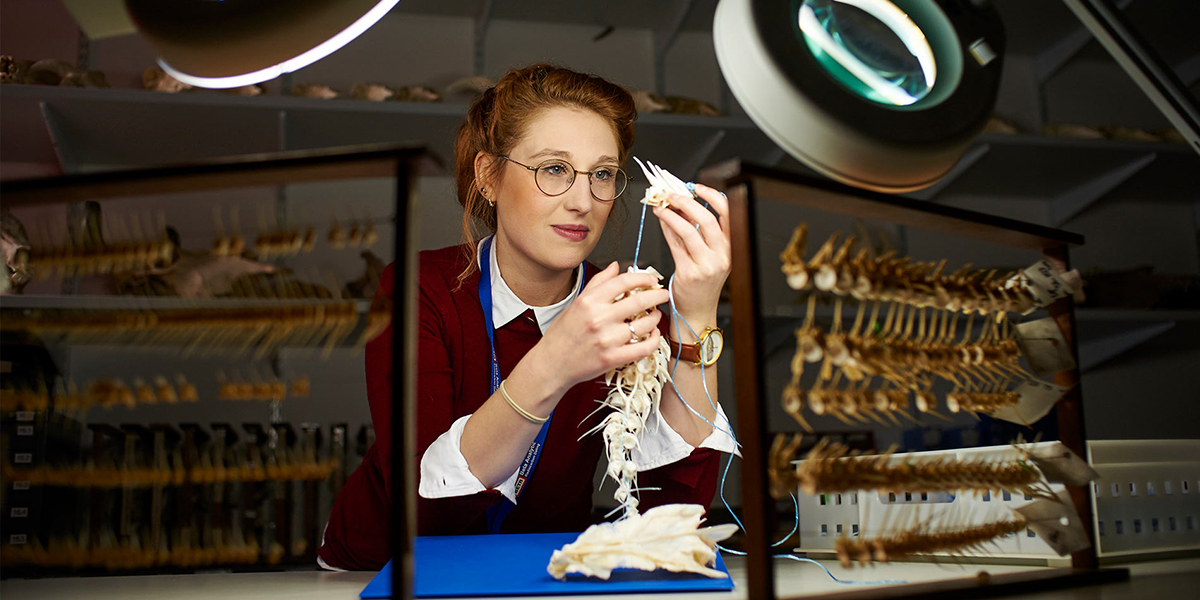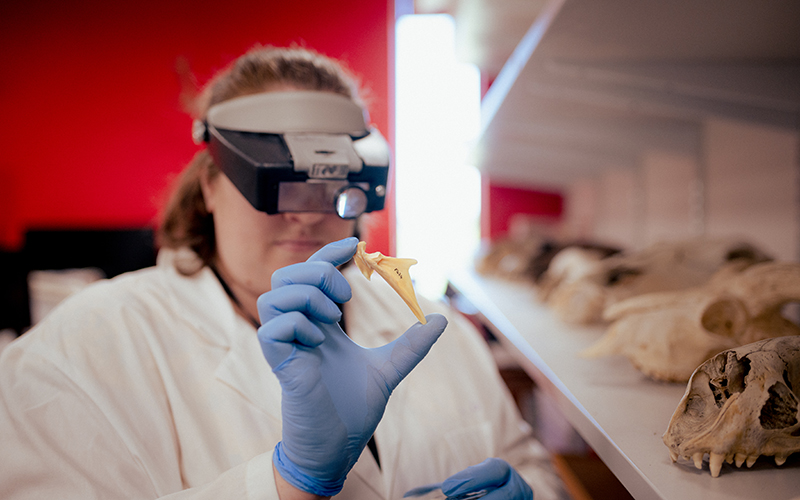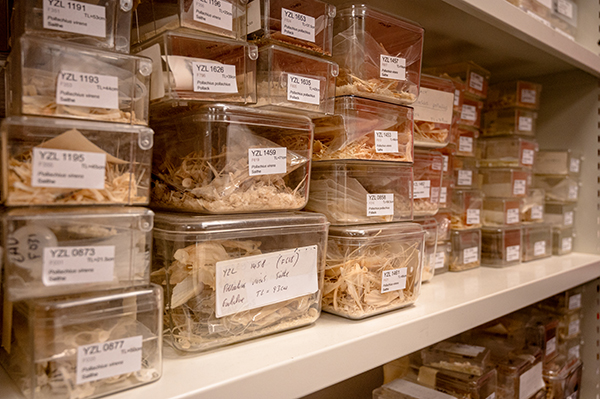
Zooarchaeology
Zooarchaeology is the study of past human-animal interactions from the physical remains of those animals – including livestock and wild game, but also pets, pests, and synanthropic taxa.
Animal remains are among the most common finds on archaeological sites, and studied properly can provide a wealth of information about human subsistence, environment and society.
York has a tradition of research in zooarchaeology that goes back to the early 1980s, pioneered by Terry O'Connor and others at the Environmental Archaeology Unit.
Today, zooarchaeology is an integral part of BioArCh, allowing us to integrate traditional osteology with the full range of innovative biomolecular approaches available at York. BioArCh boasts a dedicated zooarchaeological research laboratory, housing the bulk of our reference collections and associated equipment. We also work closely with the functional anatomists at CAHS, giving York zooarchaeologists access to facilities and expertise in geometric morphometrics and anatomical modelling.
Related links
Our people
| Photo | Name | Role |
|---|---|---|
 |
Dr David Orton
|
Senior Lecturer in Zooarchaeology |
 |
Professor Michelle Alexander
|
Professor of Bioarchaeology |
 |
Dr Mik Lisowski
|
Technical Specialist in Zooarchaeology |

Focus areas
While we have interests in all periods, numerous taxa, and most parts of the world, current foci in the York zooarchaeology group include:
- Fishing and fish trade: how has human exploitation of marine resources developed over the centuries, and what impact has this had on marine ecosystems?
- Rats and other commensal mammals: how have humans shaped the distribution of these species, and what in turn can their remains tell us about trade, urbanism, and disease?
- Early farming economies, particularly in eastern Europe and Anatolia.
Major current projects

Collaborations and available facilities
We are open to consultations, collaborations, and short-term external use of our collections for research purposes. Our main vertebrate reference collection features over 1,800 specimens from more than 550 taxa – focused on European species but with specimens from other regions too, notably East Africa – and includes index collections for fish, birds, and mammals.

We also house the Baker Collection of Veterinary Pathology and are in the process of digitising its catalogue. In addition, we maintain an extensive zooarchaeology teaching collection in the PalaeoHub facility, where we have access to larger teaching laboratories for our undergraduate programmes and the MSc in Zooarchaeology,
York Zooarchaeology Lab reference collection database (nb. this public version contains only the most common fields; we hold additional data about many specimens).
Our lab welcomes visitors interested in exploring our collections. Please review our policy on accessing the York Zooarchaeology Lab for details. If you’re interested in collaboration, don’t hesitate to get in touch with us.